In today's fast-paced business environment, small businesses are continually looking for ways to optimize operations and reduce overhead costs. One strategy that has been gaining significant traction is the hiring of virtual assistants (VAs). Virtual assistance can offer both cost efficiency and potent growth opportunities. This article will explore how leveraging the power of virtual assistance can fuel small business growth without breaking the bank.
Understanding Virtual Assistance
Virtual assistants are remote professionals who provide a range of services, such as administrative tasks, customer support, marketing, bookkeeping, and more. By operating virtually, these assistants eliminate the need for physical workspace and associated costs, presenting an efficient alternative to traditional in-house staff. With that, we’ve broken this down into two major benefits: cost efficiency and business growth.
Costs Efficiency
Reduced Operational Costs — Hiring a virtual assistant can drastically cut down operational costs. You save on office space, utilities, equipment, and employee benefits that traditional employees would typically require.
Pay for What You Need — Virtual assistants work on a contractual basis. You only pay for the hours worked or the tasks completed, unlike full-time employees who receive salaries regardless of workload.
Decreased Training Costs — Many virtual assistants come with a specific set of skills. Therefore, the time and cost of training are often significantly less compared to a new in-house hire.
Business Growth
Increased Productivity — By delegating routine tasks to a VA, business owners can focus more on core business activities, driving growth and innovation.
Scale Operations Quickly — Whether you're launching a new product or experiencing a seasonal sales peak, VAs can help you quickly scale up operations without the long-term commitment of hiring new full-time staff.
Access to Global Talent — With virtual assistance, you're not confined to your local talent pool. You can hire the best talent from anywhere in the world, giving your small business a competitive edge.
24/7 Availability — Because VAs are often in different time zones, they can ensure your business operations continue outside your regular working hours, offering round-the-clock service.
Summing it Up
Embracing virtual assistance can be a game-changer for small businesses aiming for cost efficiency and sustainable growth. While the transition from traditional staffing methods to virtual assistance might seem daunting, the potential benefits in terms of reduced costs and enhanced productivity are immense. The key is to identify your business needs and hire the right virtual assistant who can help drive your business toward its goals.
Remember, growth isn't just about getting bigger; it's about becoming more efficient and adaptable. In the evolving digital era, virtual assistance provides a powerful tool for small businesses to navigate their journey to success.
Want to learn more? My BTLR can help. Give us a call today at 866-575-4559 or visit our website at www.mybtlr.com.




